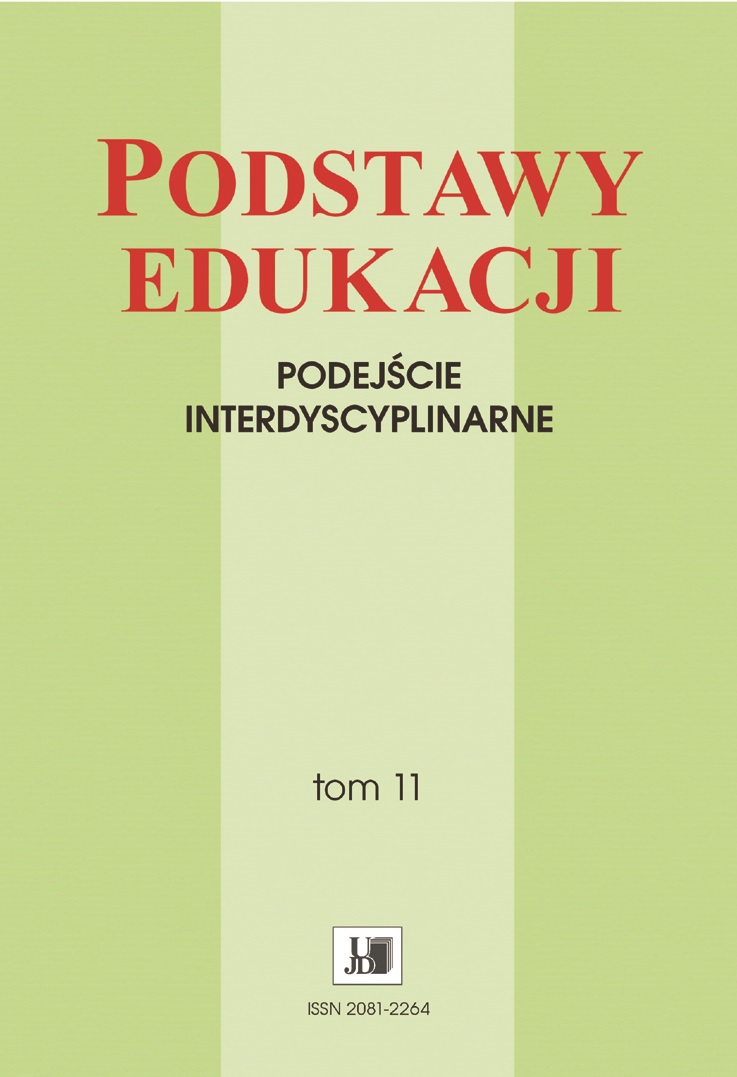Abstract
It is necessary to properly understand the level of brain involvement in the process of foreign language acquisition including pronunciation. More importantly, it is essential to adequately apply this knowledge to enhance foreign language teaching and nonnative pronunciation learning. Foreign accent is a neurocognitive phenomenon so pronunciation teaching should be designed to maximize cognitive functions. Multisensory approach is especially beneficial and requisite at the early stages of foreign language learning. As well, it is compatible with various learning styles in different age groups.
References
Baddeley, A.D. (1993). Your memory: a user’s guide. London: Prion Books Ltd.
Baese-Berk, M.M., Bradlow, A.R., Wright, B.A. (2013). Accent-independent adaptation to foreign accented speech. The Journal of the Acoustical Society of America, 133 (3), 174–180. https://doi.org/10.1121/1.4789864.
Bialystok, E. (2001). Bilingualism in development: language, literacy, and cognition. New York: Cambridge University Press.
Bosch, L., Sebastián-Gallés, N. (2001). Evidence of early language discrimination abilities in infants from bilingual environments. Infancy, 2 (1), 29–49. http://dx.doi.org/10.1207/S15327078IN0201_3.
Byrd, D. (1993). 54,000 American stops. UCLA Working Papers in Phonetics, 83, 97–116.
Cherry, E.C. (1953). Some experiments on the recognition of speech with one or two ears. The Journal of the Acoustical Society of America, 25, 975–979. http://dx.doi.org/10.1121/1.1907229.
Crystal, T.H., House, A.S. (1988a). Segmental Duration in Connected-Speech Signals: Current Results. The Journal of the Acoustical Society of America, 83 (4), 1553–1573.
Crystal, T.H., House, A.S. (1988b). A note on the durations of fricatives in American English. The Journal of the Acoustical Society of America, 84, 1932– 1935.
Ingvalson, E.M., Dhar, S., Wong, P.C.M., Liu, H. (2015). Working memory training to improve speech perception in noise across languages. The Journal of the Acoustical Society of America, 137 (6), 3477–3486. http://dx.doi.org/ 10.1121/1.4921601.
Jarrett, C. (2015). Great Myths of the Brain. West Sussex: Wiley Blackwell.
Koch, K., McLean, J., Segev, R., Freed, M.A., Berry II, M.J., Balasubramanian, V., Sterling, P. (2006). How Much the Eye Tells the Brain. Current Biology, 16, 1428–1434. http://dx.doi.org/10.1016/j.cub.2006.05.056
Kosslyn, S.M., Rosenberg, R.S. (2001). Psychology. The brain, the person, the world, Boston: Allyn & Bacon.
Larson, C.D. (1912). Your Forces and How to Use Them. http://www.sacredtexts.com/nth/yfhu/index.htm [dostęp 19.12.2018].
Lim, S.J., Holt L.L. (2011). Learning foreign sounds in an alien world: videogame training improves non-native speech categorization. Cognitive Science, 35 (7), 1390–405. https://dx.doi.org/10.1111/j.1551-6709.2011.01192.x.
Lipton, B. (2015). The Biology of Belief. Carlsbad, California: Hay House, Inc.
Loftus, E.F. (1980). Memory: Surprising New Insights into How We Remember and Why We Forget. Reading, Massachusetts: Addison-Wesley Publishing Company.
McClelland, J.L., Fiez, J.A., McCandliss, B.D. (2002). Teaching the /r/-/l/ discrimination to Japanese adults: behavioral and neural aspects. Physiology & Behavior, 77 (4-5), 657–662. http://dx.doi.org/10.1016/S0031-9384(02)00916-2.
Mesgarani, N., Cheung, C., Johnson, K., Chang, E.F. (2014). Phonetic Feature Encoding in Human Superior Temporal Gyrus. Science, 343, 1006–1010. http://dx.doi.org/10.1126/science.1245994.
Nazzi, T., Jusczyk, P.W., Johnson, E.K. (2000). Language discrimination by English learning 5-month-olds: effects of rhythm and familiarity. Journal of Memory and Language, 43, 1–19. http://dx.doi.org/10.1006/jmla.2000.2698.
Odisho, E.Y. (2014). Pronunciation is in the Brain, not in the Mouth. A Cognitive Approach to Teaching it. Piscataway, New Jersey: Gorgias Press.
Peigneux, P., Orban, P., Balteau, E., Degueldre, C., Luxen, A., Laureys, S., Maquet, P. (2006). Offline persistence of memory-related cerebral activity during active wakefulness. PLoS Biology, 4 (4), e100. http://dx.doi.org/ 10.1371/journal.pbio.0040100.
Pennington, M.C., Richards, J.C. (1986). Pronunciation revisited. TESOL Quarterly, 20 (2), 207–225. https://doi.org/10.2307/3586541.
Ramus, F., Nespor, M., Mehler, J. (1999). Correlates of linguistic rhythm in the speech signal. Cognition, 73, 265–292. http://doi.org/10.1016/S00100277(00)00101-3.
Spalding, K.L, Bergmann, O., Alkass, K., Bernard, S., Salehpour, M., Huttner, H.B., Boström, E., Westerlund, I., Vial, C., Buchholz, B.A., Possnert, G., Mash, D.C., Druid, H., Frisén, J. (2013). Dynamics of hippocampal neurogenesis in adult humans. Cell, 153 (6), 1219–1227. http://doi.10.1016/ j.cell.2013.05.002.
Schendel, Z.A., Palmer, C. (2007). Suppression effects on musical and verbal memory. Memory & Cognition, 35 (4), 640–50.
Treisman, A.M. (1964a). Monitoring and storage of irrelevant messages in selective attention. Journal of Verbal Learning and Verbal Behavior, 3, 449–459. http://doi.10.1016/S0022-5371(64)80015-3.
Treisman, A.M. (1964b). Selective attention in man. British Medical Bulletin, 20, 12–16. https://doi.org/10.1093/oxfordjournals.bmb.a070274.
Werker, J.F., Tees, R.C. (1984). Cross-language speech perception: Evidence for perceptual reorganization during the first year of life. Infant Behavior and Development, 7 (1), 49–63.
Wolfram, W. (2000). Everyone Has an Accent: A North Carolina professor advocates teaching tolerance for dialects. Teaching Tolerance, 18, 18–23.
I am aware that the journal is published under the Creative Commons Attribution License (https://creativecommons.org/licenses/by/4.0/legalcode).
By submitting an article, I agree to make it available under this license.
